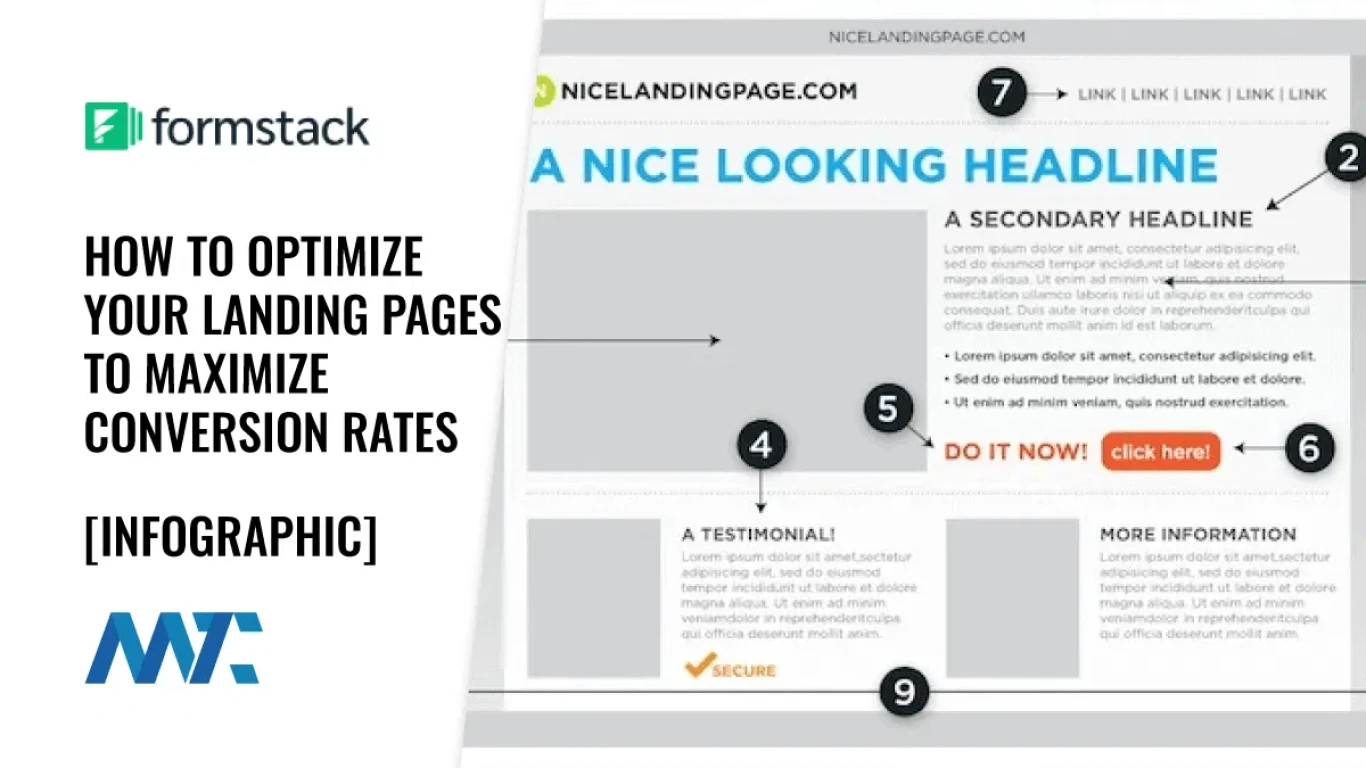Landing Page Design Tips for Higher Conversions
Landing Page Design Tips for Higher Conversions
In today's digital age, the design of your landing page can make or break your business's online success. A well-designed landing page isn't just about aesthetics; it's about functionality and user experience. So, if you want to increase your conversion rates, you've come to the right place for the ultimate guide on landing page design tips. Let's dive in and make your landing pages the top destination on the web!
1. Understanding the Purpose of Your Landing Page
Before anything else, it's crucial to define the primary goal of your landing page. Whether you're looking to gather leads, promote a product, or encourage event sign-ups, the purpose will dictate the design elements you should focus on. Understand the needs and desires of your target audience, and tailor every aspect of your landing page to meet these expectations.
Clear and Compelling Value Proposition
Your landing page should immediately communicate the value offer. Use concise and persuasive language to convey what makes your offer unique. This value proposition should be front and center, usually in the headline, to grab visitors’ attention and encourage them to stick around.
2. Creating a Strong Visual Hierarchy
Visual hierarchy refers to the arrangement of elements in a way that the most important elements stand out. People usually scan a page in an F-shaped pattern, so ensure crucial information, like call-to-action (CTA) buttons or key benefits, follows this natural eye movement.
Use of White Space
Don't clutter your landing page with too much information or too many graphics. White space can be your best friend as it helps draw attention to the essential elements, making the page easy to navigate.
Consistent Branding
Keep your branding elements consistent across your landing page. From the colors to fonts and logo, make sure everything resonates with your overall brand identity. Consistency builds trust and recognition.
3. Crafting a Persuasive Call-to-Action (CTA)
Your CTA is arguably the most critical component of your landing page. Without a powerful CTA, even the best-designed landing pages can underperform.
Make It Action-Oriented
Use words that prompt action such as “Get Started,” “Download Now,” or “Join Us.” These verbs inspire and motivate visitors to take the desired action.
Create Urgency
Phrases like “Limited Time Offer” or “Only a Few Spots Left” can create a sense of urgency, prompting users to act quickly.
Test and Optimize
Don't stick to one CTA. Test different colors, positions, and texts to see what converts best. Use A/B testing regularly to maximize conversions.
4. Enhancing User Experience (UX)
A seamless user experience is vital for a high-converting landing page. The easier it is for users to navigate and understand your page, the more likely they are to convert.
Mobile Optimization
With the majority of users accessing the internet via mobile devices, ensure your landing page is mobile-friendly. Test and optimize for smaller screens to avoid missing out on potential conversions.
Quick Loading Speed
A slow loading page can deter potential customers. Use tools to optimize loading speed by compressing images and minimizing code.
Engaging Multimedia
Use images, videos, and animations responsibly to capture interest without overwhelming the visitor. Keep files optimized for quick loading.
5. Building Trust and Credibility
Visitors are more likely to convert if they trust your brand. Building credibility through your landing page can significantly impact your conversion rates.
Include Social Proof
Testimonials, user reviews, and case studies provide evidence that others have benefited from your services or products. Make sure they are visible and convincing.
Showcase Security Badges
If your page involves transactions, security badges such as SSL certificates reassure users their information is safe.
Clear Privacy Policy
A link to your privacy policy can help alleviate concerns, assuring users their data is secure and won't be misused.
Conclusion: Bringing It All Together
A well-crafted landing page is a blend of art and science. By understanding your audience, emphasizing a strong value proposition, and incorporating a robust design that prioritizes user experience, you can significantly increase your conversion rates. Test regularly, remain flexible with changes, and always strive for improvements based on your audiences’ feedback and behaviors. Remember, your landing page is often the first impression of your business, so make it count!
FAQ
1. What is a landing page?
A landing page is a standalone web page specifically created for a marketing or advertising campaign. It's where a visitor lands after clicking on a link in an email, or ads from Google, Bing, YouTube, Facebook, Instagram, Twitter, or similar places on the web.
2. How do I create a landing page?
You can create a landing page using various platforms such as WordPress with plugins, or specialized tools like Unbounce or Leadpages which offer templates and a drag-and-drop interface for ease of use.
3. What makes a good landing page?
A good landing page has a clear and compelling value proposition, a strong visual hierarchy, an enticing CTA, mobile optimization, and elements that build trust like testimonials and security badges.
4. Should every campaign have its own landing page?
Yes, each campaign should have its own landing page tailored to its specific audience. This allows for a more focused message and increases the chance of conversion by speaking directly to the visitor's needs.
5. How important is A/B testing for a landing page?
A/B testing is crucial for understanding what works best on your landing page. It involves testing two or more variations of a page to see which one performs better in terms of achieving your conversion goals.
#landingpagedesign #higerconversions #designtips #conversionoptimization #landingpageoptimization
